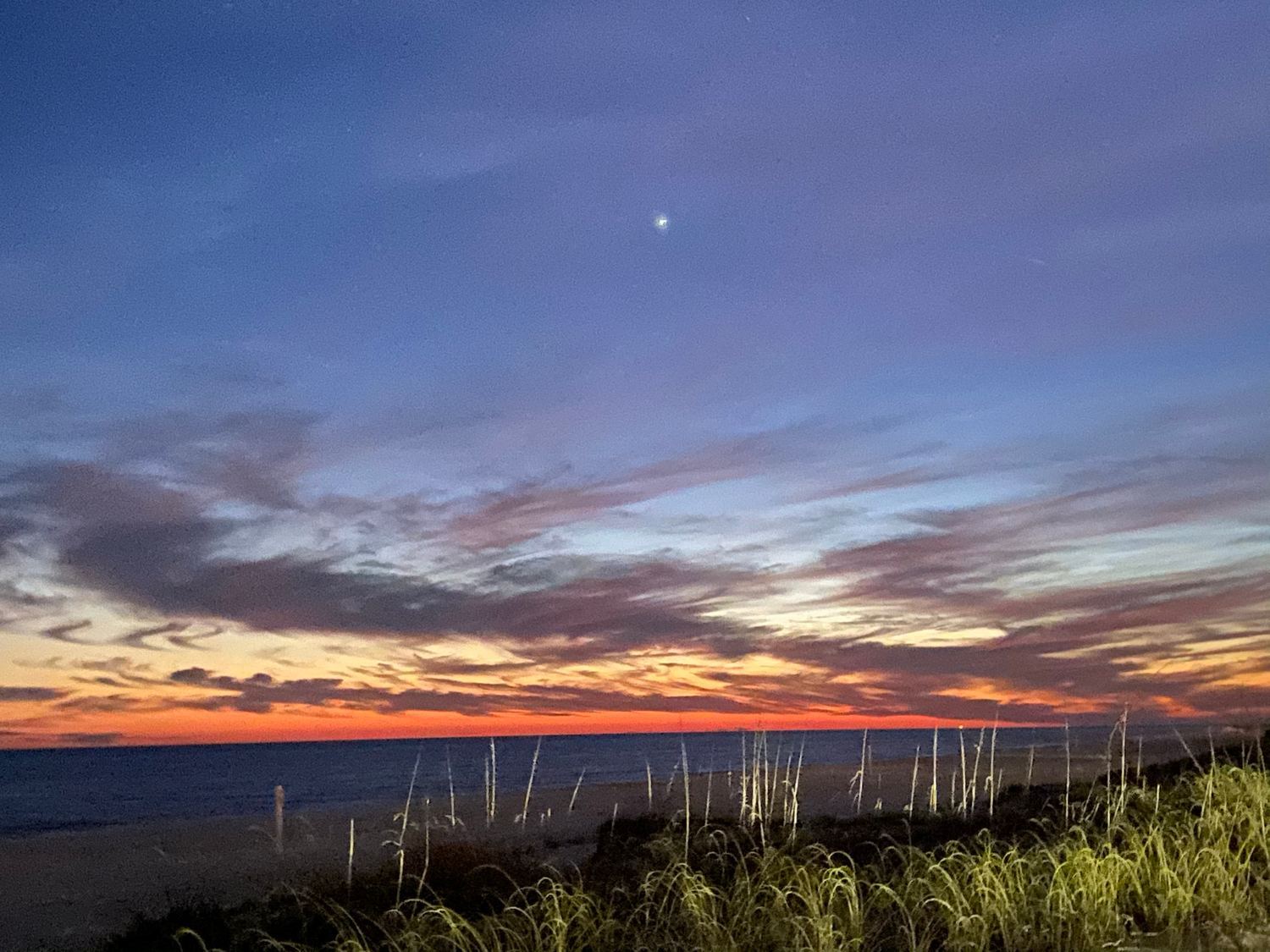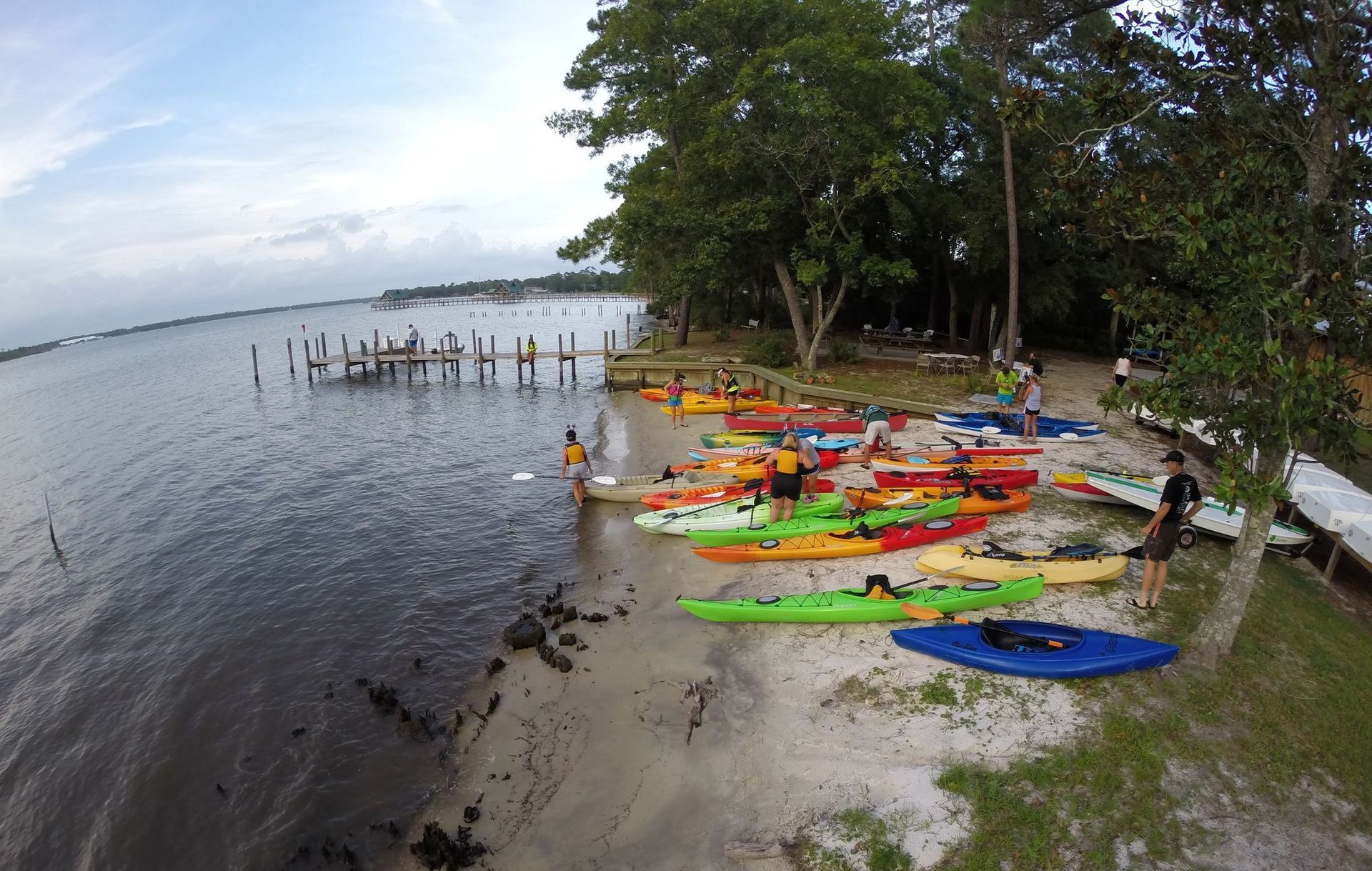The Shortest Day of the Year: A Detailed Overview
Shortest Day of the Year Marks the First Day of Winter

Orange Beach, Ala. – (OBA) – As the year winds down, Orange Beach, like every other place in the Northern Hemisphere, experiences its shortest day of the year. This day, known as the Winter Solstice or the first day of winter, marks a significant astronomical event and a turning point in the calendar. In addition, the sun sets at its furthest point to the south, marking the end of the shortest day of the year. From this day forward, the sun begins its gradual journey back towards the north, heralding longer days and the eventual arrival of spring.
In 2023, the Winter Solstice falls on December 21st at 5:27 PM. This day, today, is characterized by having the least amount of daylight and the longest night of the year. Today, the sun will rise at approximately 6:42 AM and sets at 4:54 PM, providing us with about 10 hours and 12 minutes of daylight. In contrast, the duration of darkness stretches to nearly 13 hours and 48 minutes.
The Winter Solstice is not just a day with the shortest period of daylight; it's a celestial milestone that has been observed and celebrated for hundreds of years. It signifies the official start of winter in the Northern Hemisphere. Culturally, it has been associated with rebirth and renewal, as it marks the gradual return of longer days.
Following the Winter Solstice, we begin to experience a gradual increase in daylight each day. This change is initially subtle but becomes more noticeable as we approach spring. The rate of daylight gain is similar to the rate of loss experienced before the solstice, averaging about 18 to 51 seconds per day.
In 2023, Daylight Saving Time (DST) starts on March 12th. This means there are 81 days from December 21st until the clocks are set forward. During this period, we will gain approximately 40.5 minutes of daylight, based on an average increase of 30 seconds per day. This shift marks not only the extension of daylight hours but also ushers in the much-anticipated spring season and its accompanying warmer temperatures.
Share this article w/ Friends...











